#a period drama
Explore tagged Tumblr posts
Text
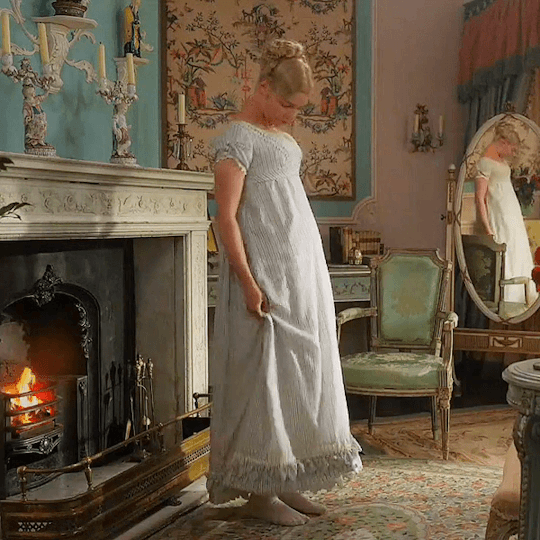
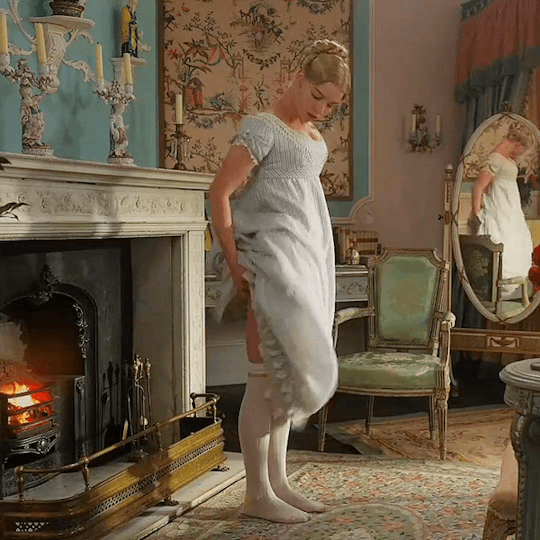
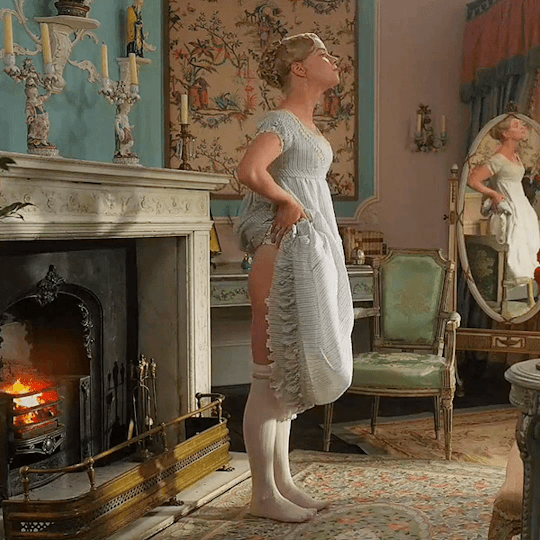
EMMA (2020)
dir. autumn de wilde
#emma 2020#jane austen#costume drama#period drama#perioddramaedit#perioddramagif#onlyperioddramas#perioddramasource#weloveperioddrama#filmtvdaily#austenedit#prideandprejudice#movieedit#moviegifs#filmgifs#filmedit#emma woodhouse#anya taylor joy#my gifs#mine
31K notes
·
View notes
Text
A murder mystery film set in a medieval village. After an outbreak of plague, the villagers make the decision to shut their borders so as to protect the disease from spreading (see the real life case of the village of Eyam). As the disease decimates the population, however, some bodies start showing up that very obviously were not killed by plague.
Since nobody has been in or out since the outbreak began, the killer has to be somebody in the local community.
The village constable (who is essentially just Some Guy, because being a medieval constable was a bit like getting jury duty, if jury duty gave you the power to arrest people) struggles to investigate the crime without exposing himself to the disease, and to maintain order as the plague-stricken villagers begin to turn on each other.
The killer strikes repeatedly, seemingly taking advantage of the empty streets and forced isolation to strike without witnesses. As with any other murder mystery, the audience is given exactly the same information to solve the crime as the detective.
Except, that is, whenever another character is killed, at which point we cut to the present day where said character's remains are being carefully examined by a team of modern archaeologists and historians who are also trying to figure out why so many of the people in this plague-pit died from blunt force trauma.
The archaeologists and historians, btw, are real experts who haven't been allowed to read the script. The filmmakers just give them a model of the victim's remains, along with some artefacts, and they have to treat it like a real case and give their real opinion on how they think this person died.
We then cut back to the past, where the constable is trying to do the same thing. Unlike the archaeologists, he doesn't have the advantage of modern tech and medical knowledge to examine the body, but he does have a more complete crime scene (since certain clues obviously wouldn't survive to be dug up in the modern day) and personal knowledge from having probably known the victim.
The audience then gets a more complete picture than either group, and an insight into both the strengths and limits of modern archaeology, explaining what we can and can't learn from studying a person's remains.
At the end of the film, after the killer is revealed and the main plot is resolved, we then get to see the archaeologists get shown the actual scenes where their 'victims' were killed, so they can see how well their conclusions match up with what 'really' happened.
#film ideas#plotbunny#murder mystery#detective stories#period dramas#middle ages#history#archaeology
26K notes
·
View notes
Text


Winona Ryder on the set of Bram Stoker's Dracula
#dracula#winona ryder#bram stoker's dracula#francis ford coppola#behind the scenes#period drama#vintage photo#nosferatu#black and white#vintage#dracula 1992#vampires movie#mina#vampire movies
6K notes
·
View notes
Text
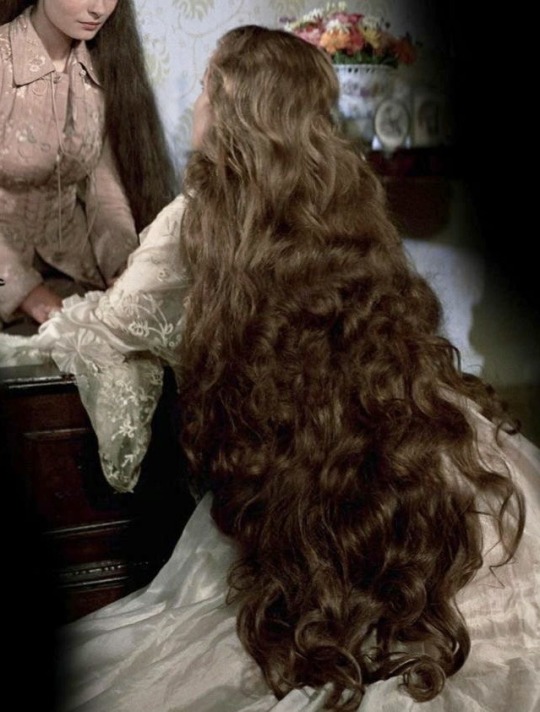
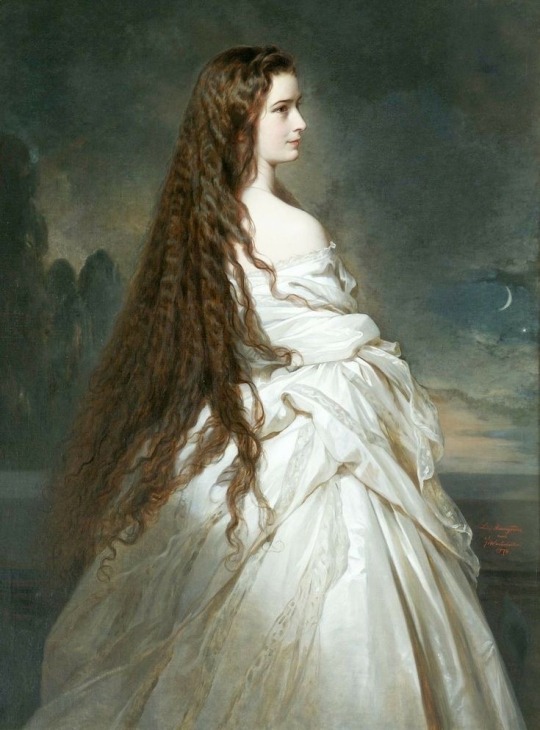
romy schneider in ludwig (1973) x empress elizabeth of austria painted by franz winterhalter
#ludwig 1973#romy schneider#period drama#cinema#70s#italian cinema#sissi the young empress#classic film#long hair#empress sissi#1970s
10K notes
·
View notes
Text

look at these two being happy <3
#fade jail can’t be that bad#i know cus they told me#i never knew how much i wanted to see solas in one of those period drama shirts until i drew him in one#solavellan#dragon age#my art#datv spoilers
3K notes
·
View notes
Text

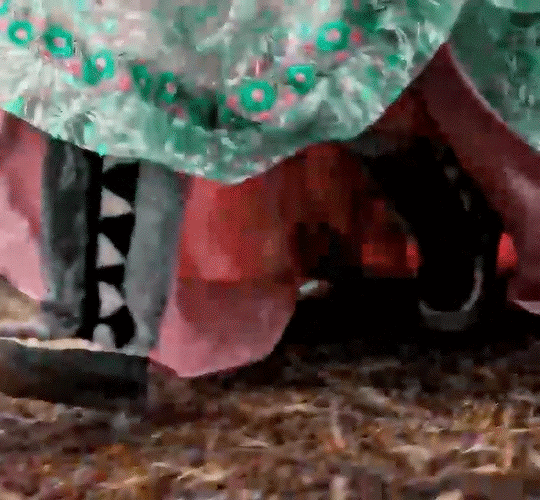





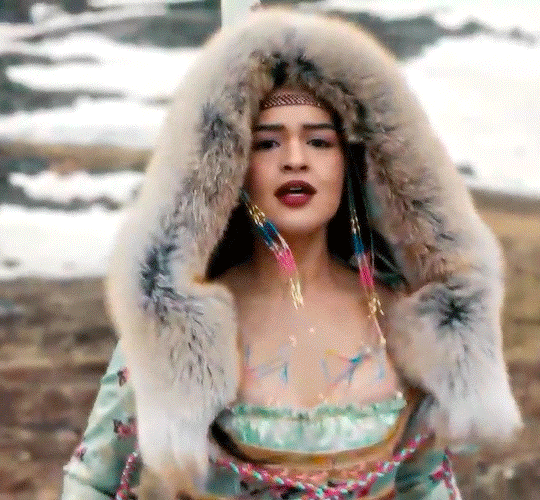

NORTH OF NORTH (2025) costume appreciation: "Inuk Bridgerton" (Series Costume Design by Debra Hanson)
requested by @alinahdee ✨
#bridgerton#north of north#north of north aptn#siaja#anna lambe#inuk#inuit#indigenous#inuk fashion#inuit culture#indigenous fashion#costume design#costumes#costume appreciation#period drama#indigenous cinema#nonedit#tvedit#tvdaily#cinematv#tvgifs#televisiongifs#dailytvedit#dailytvgifs#costumeedit#perioddramaedit#perioddramasource#perioddramagif#this costume is just GORGEOUS!!🤩
2K notes
·
View notes
Text


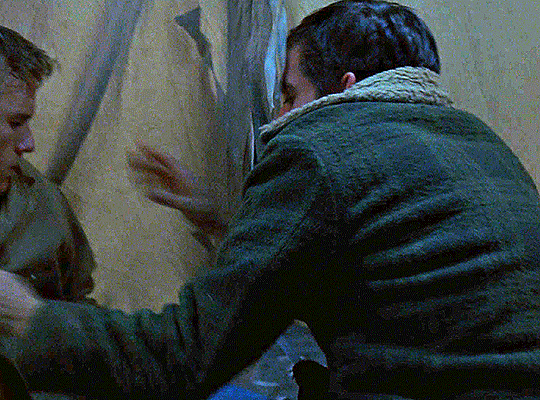




Heath Ledger and Jake Gyllenhaal Brokeback Mountain (2005) dir. Ang Lee
#Brokeback Mountain#Heath Ledger#Jake Gyllenhaal#2000s#western#romance#period drama#gif#michi#lgbtedit#filmedit#userpedro#holesrus#userkarlo
8K notes
·
View notes
Text
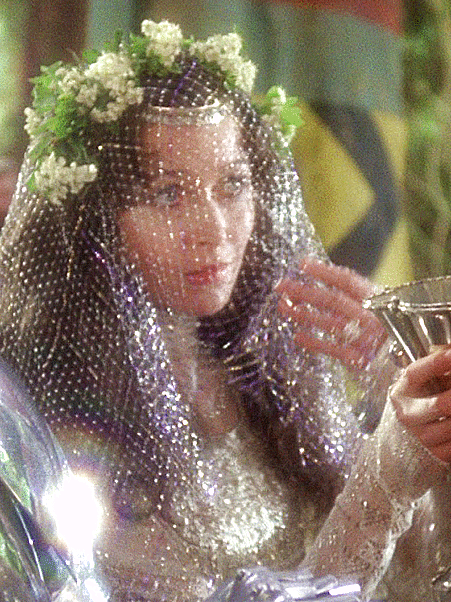
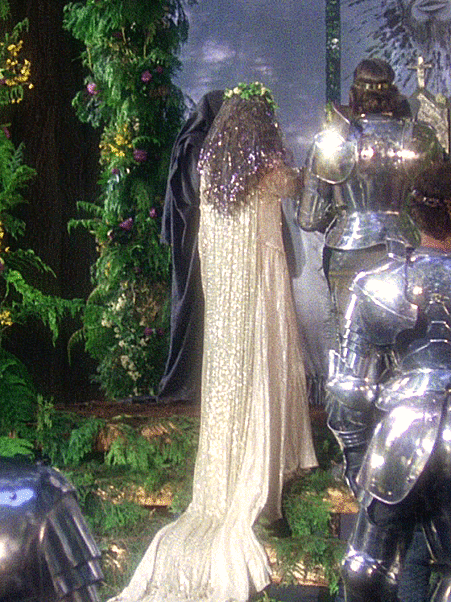
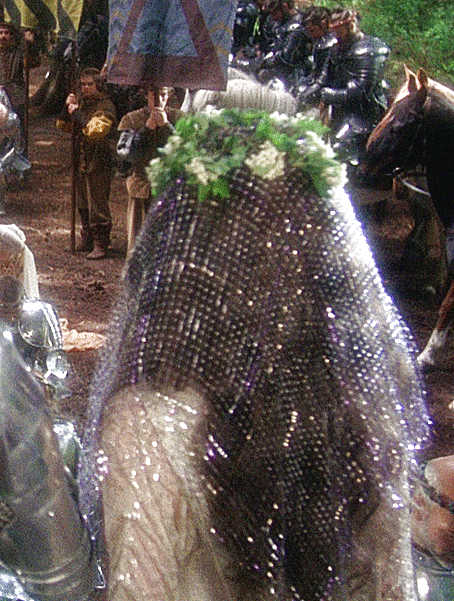
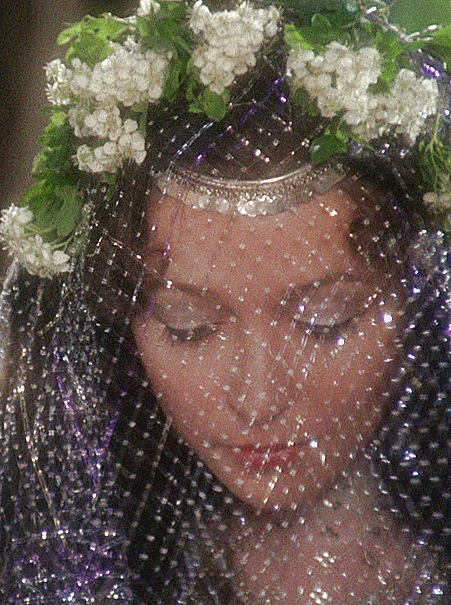
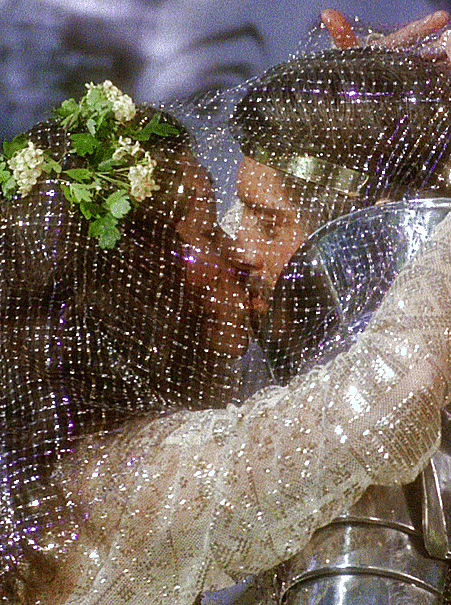
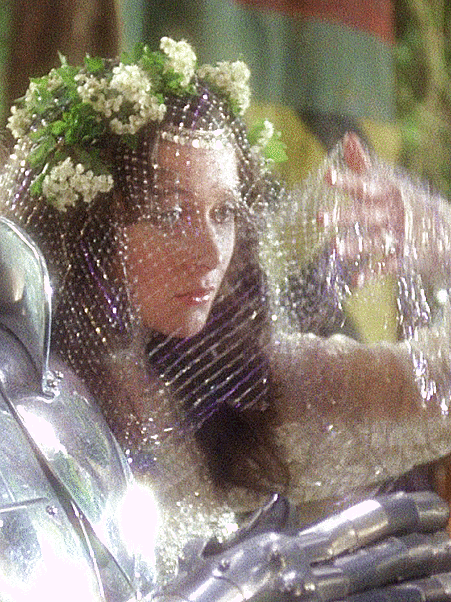
Guinevere's wedding dress and chainmail veil in Excalibur 1981
#guinevere#excalibur 1981#excalibur#per#perioddramaedit#period drama#periodcostume#wedding dress#wedding veil#fantasy movies#fantasy#arthurian mythology#arthurian literature#arthur pendragon#arthurian legend#the movie is strange#but the wedding scene is a dream#so otherworldly#and the veil is really something else
13K notes
·
View notes
Note
I saw your 18th-century Padmé art and I love it!
Also I was wondering, how do you think my girl Satine (RIP) would look in something similar?
anon I love you so much, Satine is PERFECT for a period drama

(commission info // tip jar!)
#obitine#anidala#obi wan kenobi#satine kryze#padme amidala#anakin skywalker#padmé amidala#star wars#star wars the clone wars#my doods#thanks for the ask!#18th century#sw period drama
4K notes
·
View notes
Text
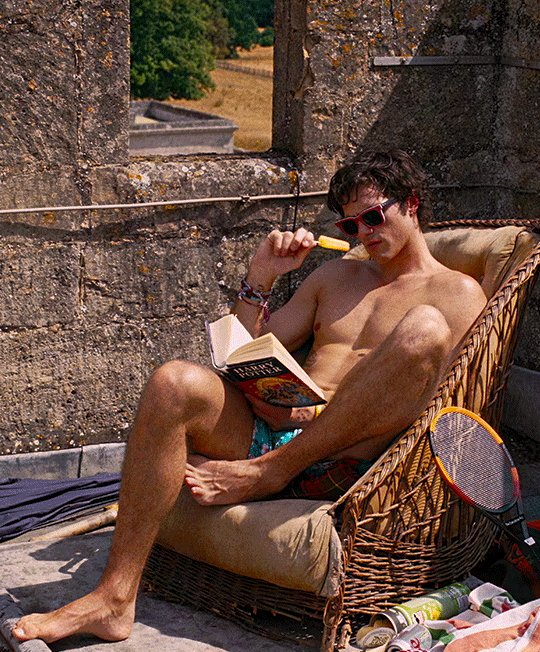
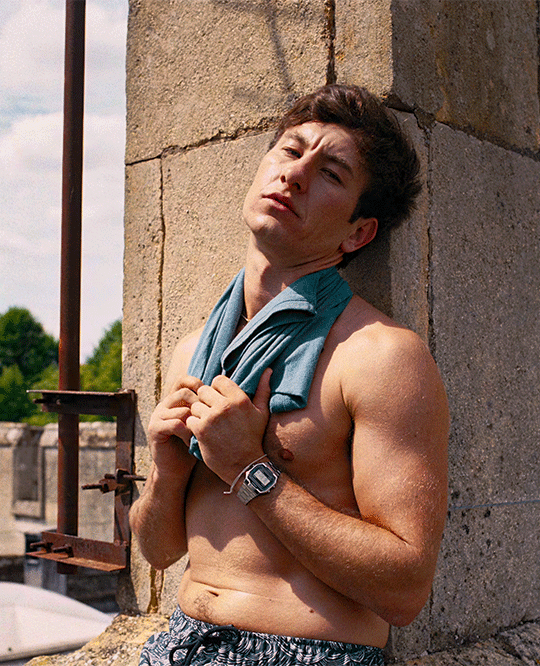
SCENES FROM A MARRIAGE | 🫦 LUST Felix & Oliver · Saltburn (2023) dir. Emerald Fennell
#saltburn#barry keoghan#jacob elordi#filmedit#perioddramaedit#felix x oliver#lgbtedit#queer#oliver quick#felix catton#homoeroticism#feliver#lgbt#film#movie#emerald fennell#saltburn spoilers#periodedits#period drama#queer media#beautiful men
9K notes
·
View notes
Text



RIVALS (2024-)
#that knuckle bite though#rivals#rivals disney+#rivals hulu#rivals 2024#rupert campbell black#taggie o'hara#rupert x taggie#alex hassell#bella maclean#tvgifs#tvedit#tvandfilm#tv shows#tv series#tv drama#disney plus#disney+#hulu#period drama gif#perioddrama#perioddramaedit#rivalsedit#rivals edit
2K notes
·
View notes
Text





EVER AFTER: A CINDERELLA STORY (1998)
dir. andy tennant
#ever after: a cinderella story#costume drama#period drama#perioddramaedit#perioddramagif#onlyperioddramas#perioddramasource#weloveperioddrama#filmtvdaily#movieedit#moviegifs#filmgifs#filmedit#danielle de barbarac#drew barrymore#my gifs#mine
4K notes
·
View notes
Text



Nosferatu (2024), dir. by Robert Eggers
#nosferatu#robert eggers#nosferatu 2024#dracula#lily rose depp#bill skarsgård#vampire movies#filmedit#moviegifs#filmgifs#perioddramaedit#horror movie#horroredit#horror movies#nicholas hoult#aaron taylor johnson#depp#period drama#Vampire movie#dracula movie#nosferatuedit#nosferatu movie#gothic movie#filmtv#tvandfilm#cinematv#dark romance#gothic movies#dark fantasy#vampires
2K notes
·
View notes
Text


I think it was 32 days in a row where I didn’t have one day off. And I flew back and forth four times. I’d go from Hawk’s house in the ‘60s at the cabin, go straight to the airport, sleep on the plane, go straight to a regency ball, sleep there, then go straight to Wicked to be learning choreography. — via The Hollywood Reporter
Bridgerton S3E7 // Wicked
#wicked#wickededit#bridgerton#bridgertonedit#jonathan bailey#jbaileyedit#2020s#drama#musical#period#*#by zil
2K notes
·
View notes
Text
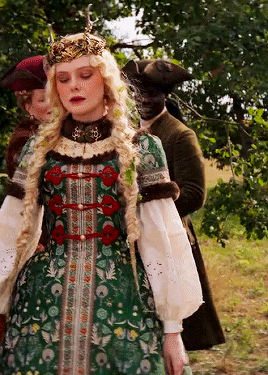
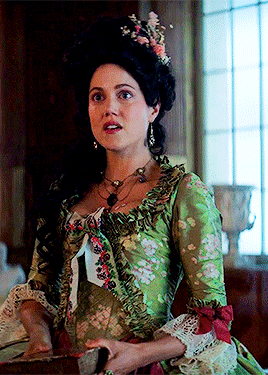

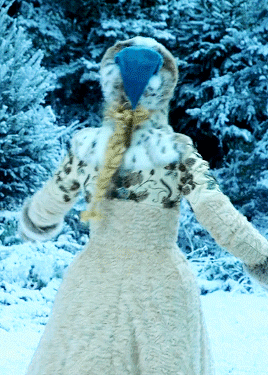
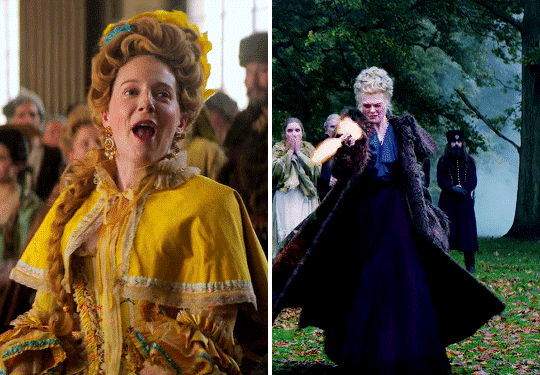


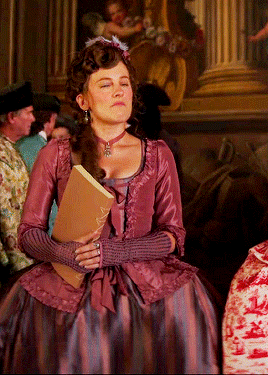


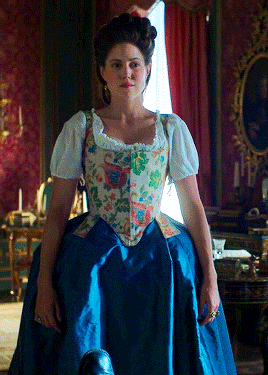
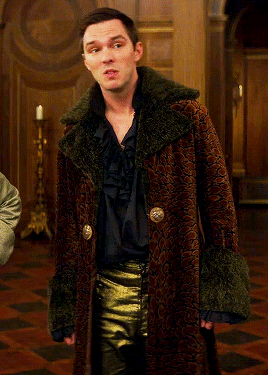
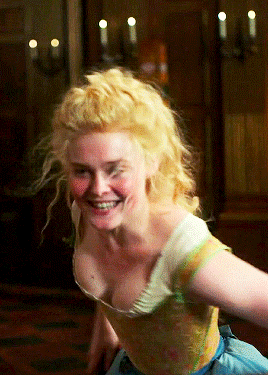

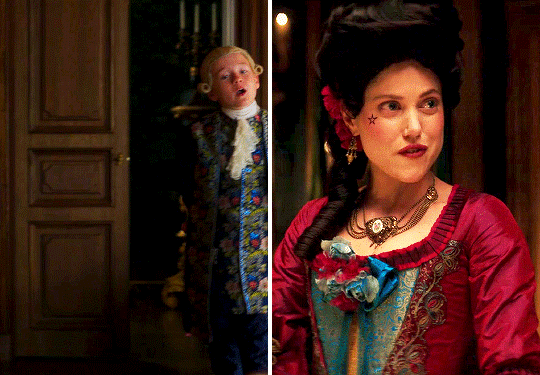

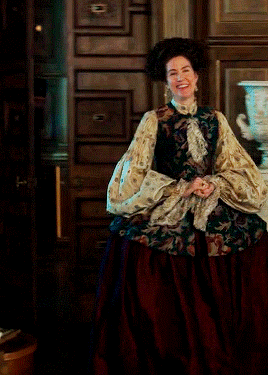

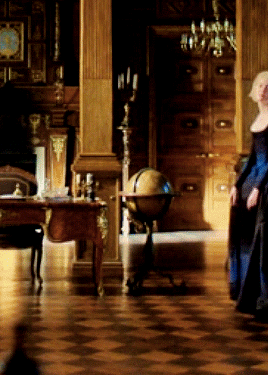
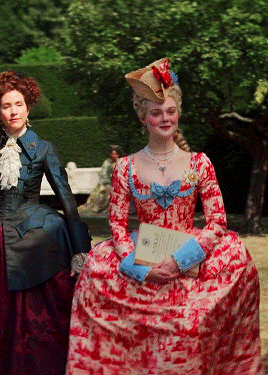






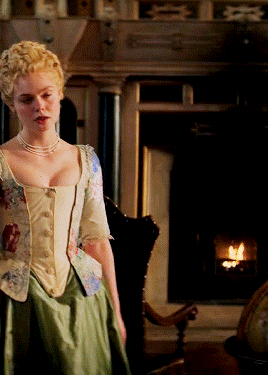
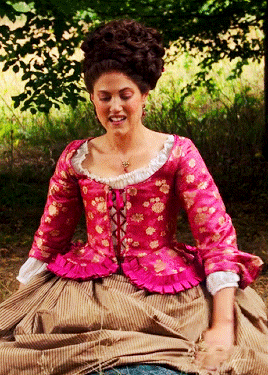


THE GREAT SEASON 3 + favorite costumes
costume director: sharon long
#this was not supposed to be this long shsjdj it got away from me. it was also meant to be 3 rows across but had some issues#the great#thegreatedit#thegreatdaily#perioddramaedit#perioddramasource#perioddramagif#perioddramacentral#perioddramasonly#outfitsedit#outfitedit#period drama costumes#the great hulu#s3#the great s3#mygifs#mygifsets#myedits
1K notes
·
View notes
